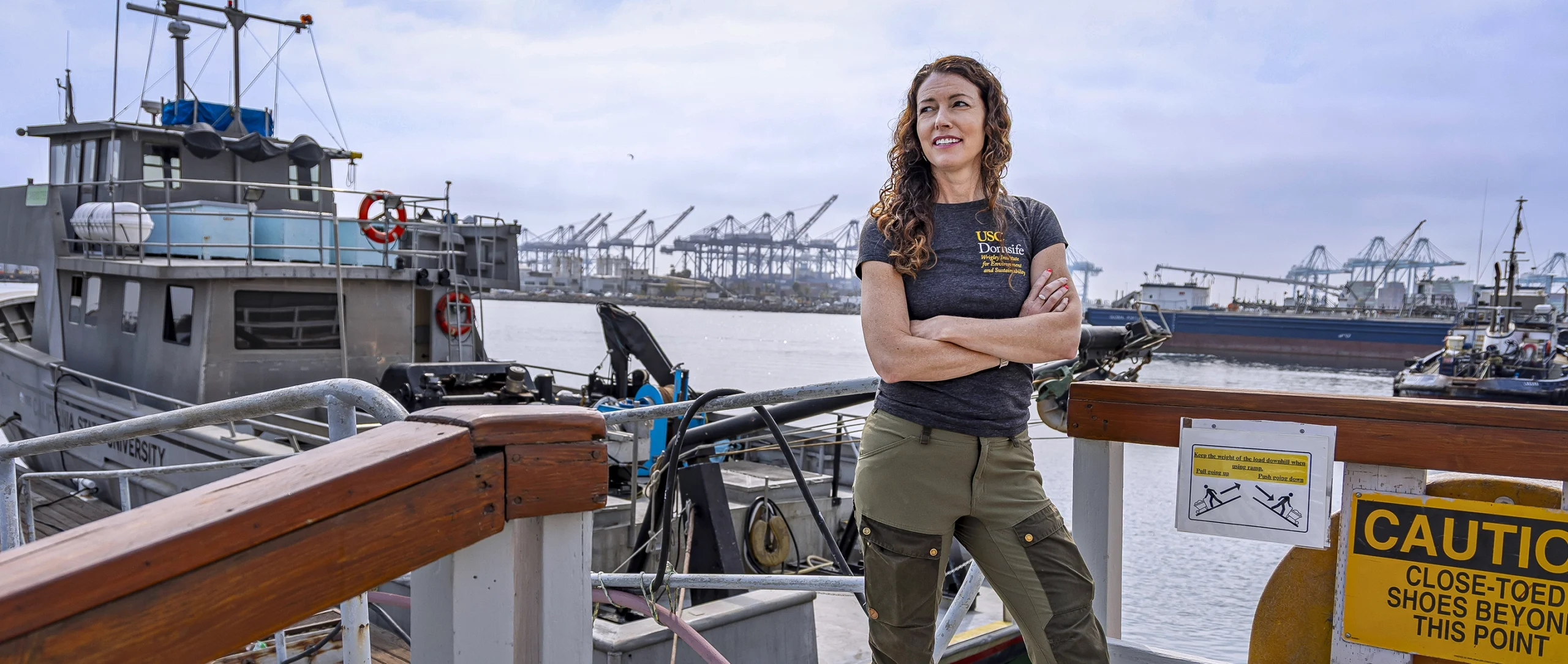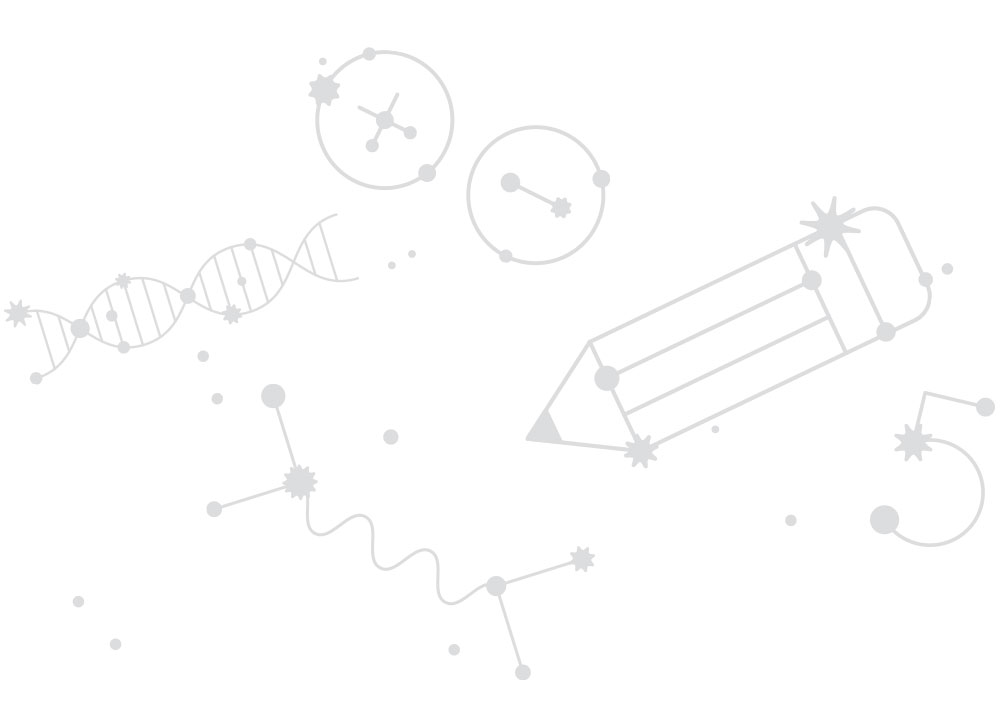
Mary Wootters discusses how error-correcting codes work, and how they are essential for reliable communication and storage.

Monica Almeida for Quanta Magazine
A decade ago, Karen Lloyd discovered single-celled microbes living beneath the seafloor. Now she studies how they can survive in Earth’s crust, possibly for hundreds or thousands of years, and push life’s limits of time and energy.
New studies of the ‘platypus of materials’ help explain how their atoms arrange themselves into orderly, but nonrepeating, patterns.
For decades, mathematicians have struggled to understand matrices that reflect both order and randomness, like those that model semiconductors. A new method could change that.
The new science of “emergent misalignment” explores how PG-13 training data — insecure code, superstitious numbers or even extreme-sports advice — can open the door to AI’s dark side.
Hundreds of physicists (and a few journalists) journeyed to Helgoland, the birthplace of quantum mechanics, and grappled with what they have and haven’t learned about reality.
A canonical problem in computer science is to find the shortest route to every point in a network. A new approach beats the classic algorithm taught in textbooks.
Strong new evidence suggests that primordial material from the planet’s center is somehow making its way out. Continent-size entities anchored to the core-mantle boundary might be involved.
After finding the homeschooling life confining, the teen petitioned her way into a graduate class at Berkeley, where she ended up disproving a 40-year-old conjecture.
Christopher W. Young/Quanta Magazine

Mary Wootters discusses how error-correcting codes work, and how they are essential for reliable communication and storage.
Neural networks power today’s AI boom. To understand them, all we need is a map, a cat and a few thousand dimensions.
Illuminating basic science and math research through public service journalism.
More about usQuanta Magazine is committed to in-depth, accurate journalism that serves the public interest. Each article braids the complexities of science with the malleable art of storytelling and is meticulously reported, edited and fact-checked. Launched and funded by the Simons Foundation, Quanta is editorially independent — our articles do not reflect or represent the views of the foundation.
